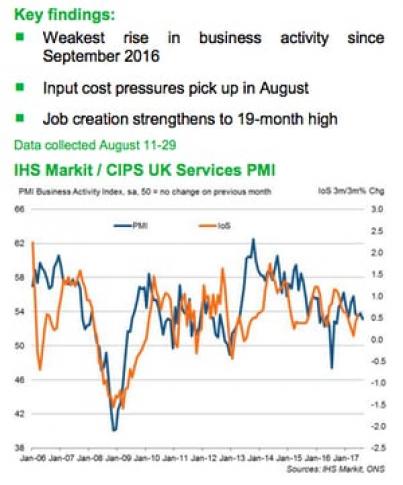The Economic Message from Equity Markets

Everyone – not just those who hold stocks – should be concerned about a major stock-market plunge...
Jeffrey Frankel
Everyone – not just those who hold stocks – should be concerned about a major stock-market plunge. While it is impossible to predict such a plunge, or whether it will coincide with the next recession, it is now clear that last year's unusually low financial and economic volatility is over.
CAMBRIDGE – The recent stock-market correction – the first in the United States in two years – has invited substantial commentary about what investors should do, the role machines have played, and the implications for the real economy. But only some of what has been said is useful.
Many investment advisers have emphasized the need to think long term, rather than panicking when prices fall. They are right: the decline in early February is not a good reason to sell. What is a good reason to sell is that stocks are too high from a longer-term perspective.
The fact is that prices are still very elevated relative to fundamentals. As the Nobel laureate Robert Shiller pointed out two weeks before the correction, the US cyclically adjusted price-to-earnings ratio has been higher than it is now only twice in the last century: at the peaks that preceded the stock-market crashes of 1929 and 2000-2002. The implication is that the rate of return on stocks is likely to be substantially lower over the next 15 years than it was over the last 15 years.
Another popular response to the recent correction has been to complain that the market has been made more volatile, because trading is increasingly carried out by machines, rather than humans. True, if a computer is programmed to respond to declining prices by selling more stocks, it will exacerbate the decline. But the same is true of the commonly used stop-loss order, whereby investors instruct their stockbroker to sell if the price falls to a specified level.
While automated high-speed trading does not, in my view, serve a useful social purpose, it is destabilizing only if it is programmed to be. If programmed instantly to “buy on the dip,” a computer would generate demand for falling stocks and thus tend to stabilize prices, just like a human investor who buys when prices fall. Machine or human, what matters is the instruction. And, in fact, a person writing an algorithm – calmly, in advance – might make smarter choices than one who is watching prices plunge in real time.
Another key question raised by the recent correction is whether it matters for the real economy. The truth is that the stock market can crash while the economy is doing well, and vice versa.
The first reason for this is that stock-market busts can be triggered by interest-rate increases, which are often a response to economic expansion. The correction in February bears this out. It seems to have been triggered by a February 2 report that US wages had increased more than expected, as well as the fact that inflation has risen in the US and the United Kingdom.
For the US, such news all but ensures that the Federal Reserve will raise interest rates in March. And the Bank of England announced on February 7 that UK rates could “be tightened somewhat earlier and by a somewhat greater extent” than had previously been forecast.
A second reason why the stock market is disconnected from the real economy is that there is much randomness in markets. In a speculative bubble, for example, everyone buys because everyone else is buying, causing prices to become disconnected from economic fundamentals. At a certain point, the bubble bursts, and everyone sells.
Last year, a “risk on” mood prevailed in financial markets, rooted in unnaturally low perceptions of future volatility. When the VIX volatility index hit all-time lows, it was not because fundamentals demanded it. On the contrary, it was no secret that substantial risks – such as a pick-up in inflation and faster-than-expected interest-rate hikes – were lying in wait.
But, all too predictably, the VIX would not adjust until the shock materialized and prices plunged. It took the correction in February to wake up investors to the reality of risk. The VIX has now adjusted to more normal levels, but securities prices probably still have a substantial distance to fall. After all, the market is still not far below its peak.
A third reason why the stock market is disconnected from the real economy is that stock prices represent only the current and expected profits accruing to corporations. That is not the same as national income. In the past, this distinction was not as pronounced, because a relatively stable share of national income went to workers. But, over the last decade or so, that relationship has broken down. Owners of capital control a rapidly-growing share of GDP, probably owing to higher economic “rents,” which reflect decreased competition and increased monopoly power in many sectors.
It is possible that last year’s stock-market boom may have been fueled partly by the expectation that US President Donald Trump and congressional Republicans would cut corporate taxes. Now enacted, those cuts will almost certainly do more to expand capital’s slice of the income pie than they will to enlarge the pie itself.
Of course, while Wall Street is not Main Street, there are important connections between the two. A big decline in the market could work to depress consumption and investment spending, reducing income all around.
It is impossible to predict when such a plunge will occur, or whether it will coincide with the next recession. All we can say with confidence is that the abnormally low financial and economic volatility of last year is over. /project-syndicate




 del.icio.us
del.icio.us Digg
Digg

Post your comment